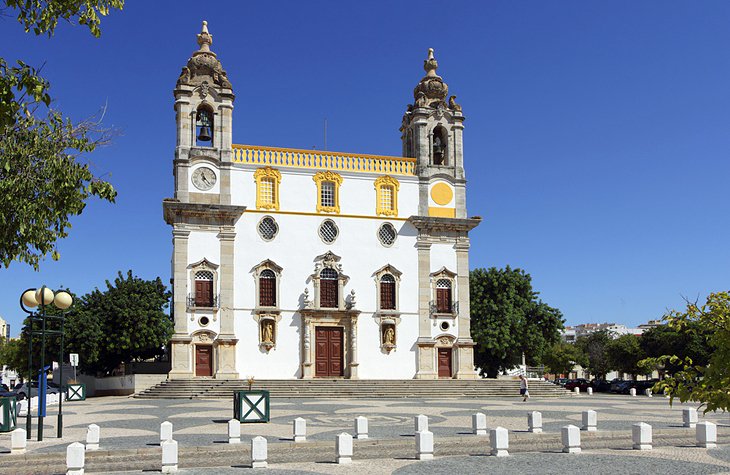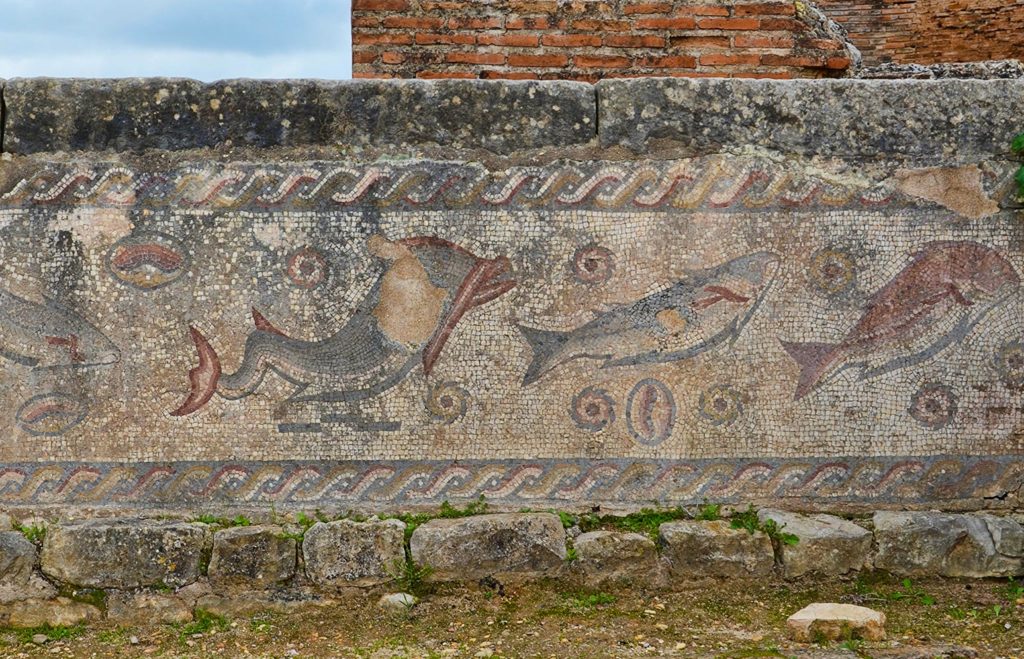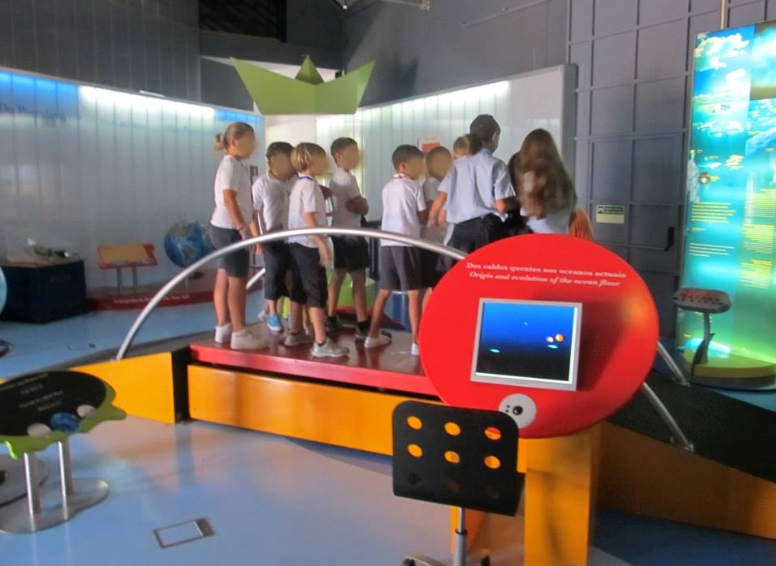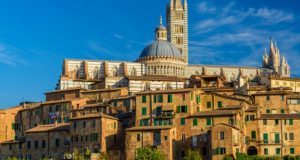Faro is the largest city in the Algarve and the gateway to southern Portugal. Lying on the coast, overlooking the shallow lagoons of the protected Ria Formosa Natural Park, this is a destination blessed with rich cultural wealth and a stunning location. Faro’s history is compelling.
Igreja da Nossa Senhora do Carmo
Away from the Old Town, Faro’s city center is landmarked by the 18th-century Carmo Church. The striking and much-photographed twin-towered façade of this Baroque beauty dominates the neighborhood, and is as much a site of devotion for locals as a sightseeing prize for tourists. A wander inside reveals an impressive altarpiece, glistening with gold leaf from Brazil, and an ornamented sacristy.
Milreu and Estoi
A little more than ten kilometers north of Faro lies Milreu, one of the most important Roman sites in the Algarve. On a hill surrounded by orange groves, the evocative ruins, which date from the 1st or 2nd century AD, are those of what was once a substantial peristyle villa complex, built around a central courtyard. The property owner would have been someone with obvious wealth and high social ranking given the size of the estate and the several buildings set within it.
Centro Ciência Viva do Algarve
Traveling with children? They’ll love the Algarve Live Science Center. This engaging activities center is geared towards promoting technological and scientific awareness in a fun-filled way. Kids can take part in easy-to-play interactive games and experiments like getting to grips with the earthquake simulator and climbing up into an observatory for a voyage around the universe. One of the aquariums has a touch pool representing the nearby Ria Formosa.
Faro Jewish Heritage Centre
Faro’s unique 19th-century Jewish cemetery forms the centerpiece of this unusual and poignant visitor attraction. The cemetery is the only remaining vestige of post-Inquisition Jewish presence in Portugal and is laid out in the traditional Sephardic manner, with children nearest the entrance, women in the center, and men at the back. Most of those interred were returning Jews from Gibraltar and Morocco.
Teatro Lethes
Tourists will be stage-struck by this little Italianate gem of a theater. The playhouse was once a Jesuit college, but in 1845, the curtain was raised over its new role as a music and concert hall. In the 1860s, the auditorium was widened, and further restoration in 1901 saw the inclusion of four tiers of boxes replete with wrought iron balconies and a top-floor gallery.
Courtesy:
pt.depositphotos.com
travel-in-portugal.com
jornaldoalgarve.pt
crete-car-rentals.gr
 TRAVEL PLACES 24X7 Plan your Holidays and Vacation any time
TRAVEL PLACES 24X7 Plan your Holidays and Vacation any time








